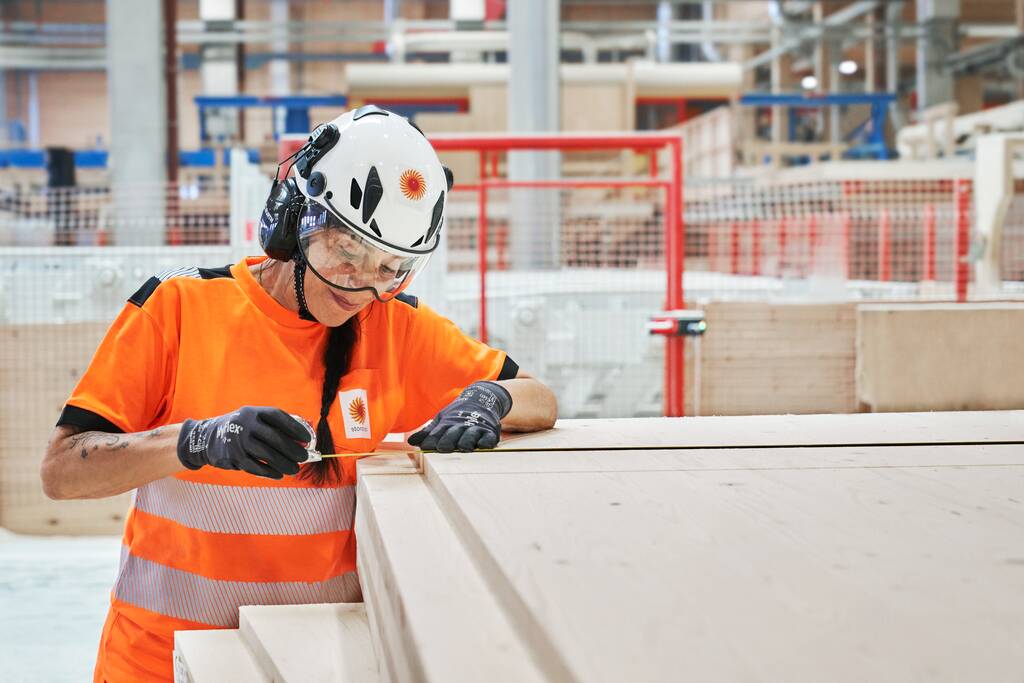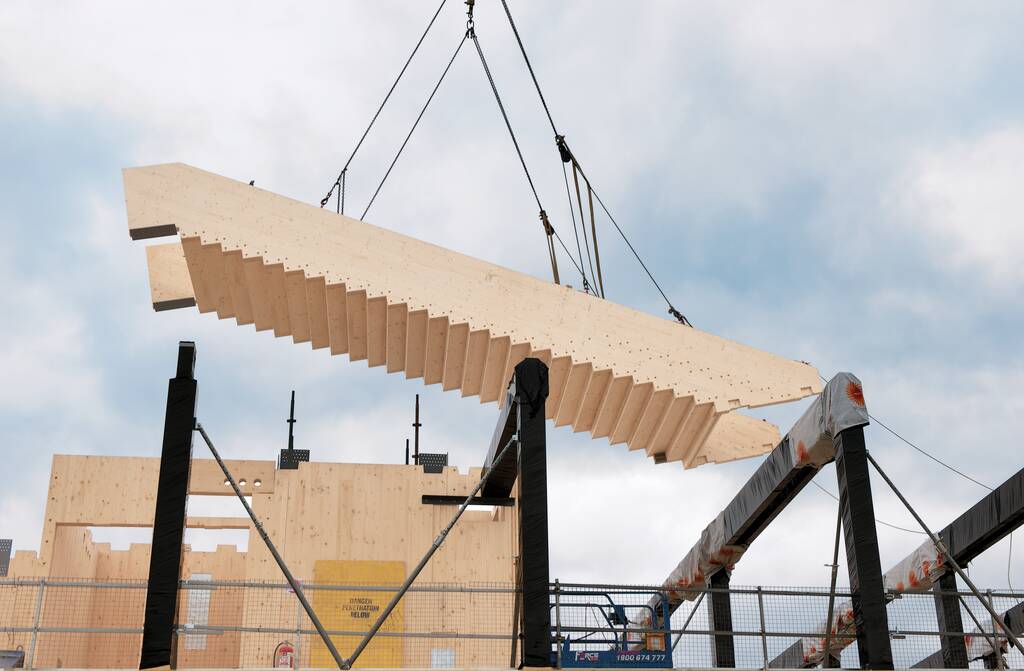Front loading design ensures prefabrication benefits can be realised
To enable off-site prefabrication and delivery just-in-time to site in accordance with the construction programme, finalised coordinated designs are typically required slightly earlier for engineered timber projects than for conventional projects reliant on in-situ technologies.
The production process typically comprises design of production drawings, checking of drawings and manufacturing. It is important for the consultant design team to have completed their own designs and coordination (between for example architecture, structure and MEP) prior to this.
Manufacturers need an understanding of the quantity and complexity of the project in advance of this, so that a manufacturing slot can be estimated and booked, taking into account other projects and how these can be nested together for maximum efficiency of output from the factory.
If a late change is required, due to insufficient early coordination, then engineered timber components can be cut or adjusted on site using simple hand held tools. However, accuracy and precision, and the benefits this brings, will be compromised by on-site adjustments so it should be avoided if possible. It is also necessary for a structural engineer to appraise any modifications to structural components before adjustments are made.
Efficient throughput at the factory means savings for the project
Engineered timber products are easy to manipulate using CNC routers, and again an understanding of how these processes are carried out can inform details and approaches which minimise the time needed to process components, subsequently saving costs. For example, most routers are unable to work on opposite sides of the same component without it being rotated/flipped in between, which is often time consuming. Incorporating details which localise work to one side of a component where possible can have significant savings.
Repetition is another key principle of DfMA construction which can offer cost and time savings during manufacture, and also simplify and save time for deliveries and assembly on site. Where a number of similar components can be manufactured consecutively this saves time for calibration of the equipment to the relevant shop drawings and raw materials for the component.
Minimising waste generation is paramount for sustainability and saves costs
As a prefabricated material, consideration of DfMA (Design for Manufacture and Dissassembly) for engineered timber is particularly important and can lead to significant benefits and savings. Key considerations include an understanding of standard manufacturing sizes, as working within these typical dimensions allows the optimised factory process to run undisrupted, with consequent time and cost savings. Efficient use of standard panel and component sizes is also critical, as any off-cuts that are not used elsewhere typically add cost and generate waste.
Engineered timber products are easy to manipulate using CNC routers, however again an understanding of how these processes are carried out can inform details and approaches which minimise the time needed to process components, subsequently saving costs. For example, most routers are unable to work on opposite sides of the same component without it being rotated/flipped in between, which is often time consuming. Incorporating details which localise work to one side of a component where possible can have significant savings.
Repetition is another key principle of DfMA construction which can offer cost and time savings during manufacture, and also simplify and save time for deliveries and assembly on site. Where a number of similar components can be manufactured consecutively this saves time for calibration of the equipment to the relevant shop drawings and raw materials for the component.



